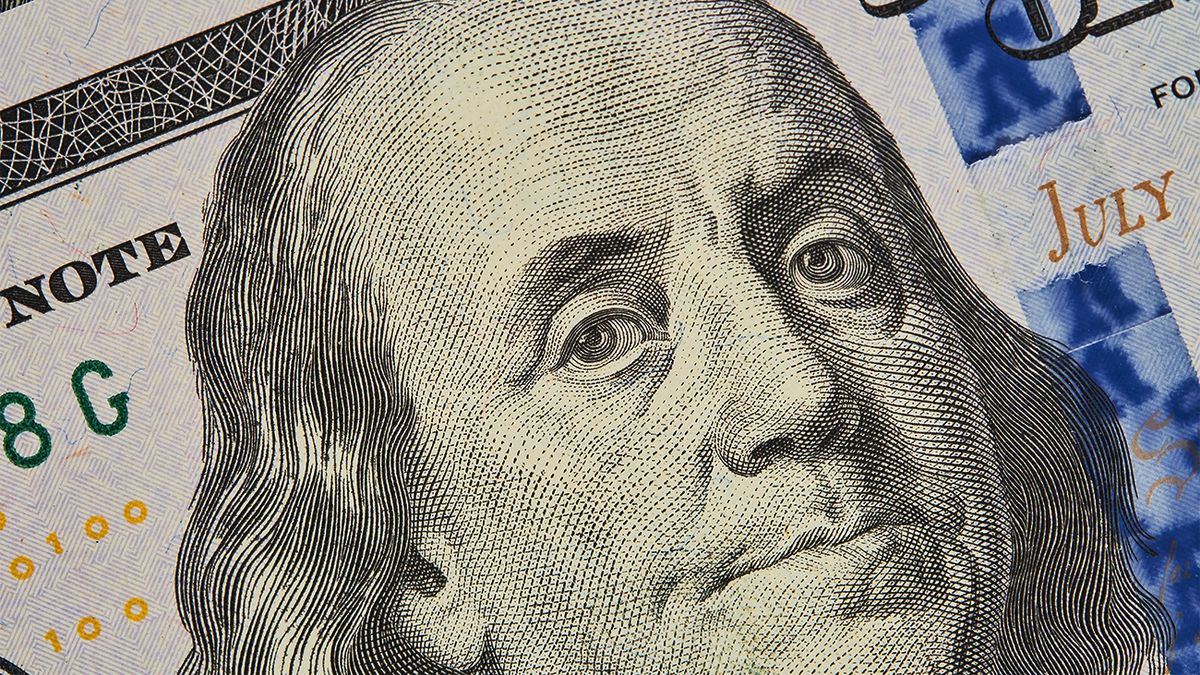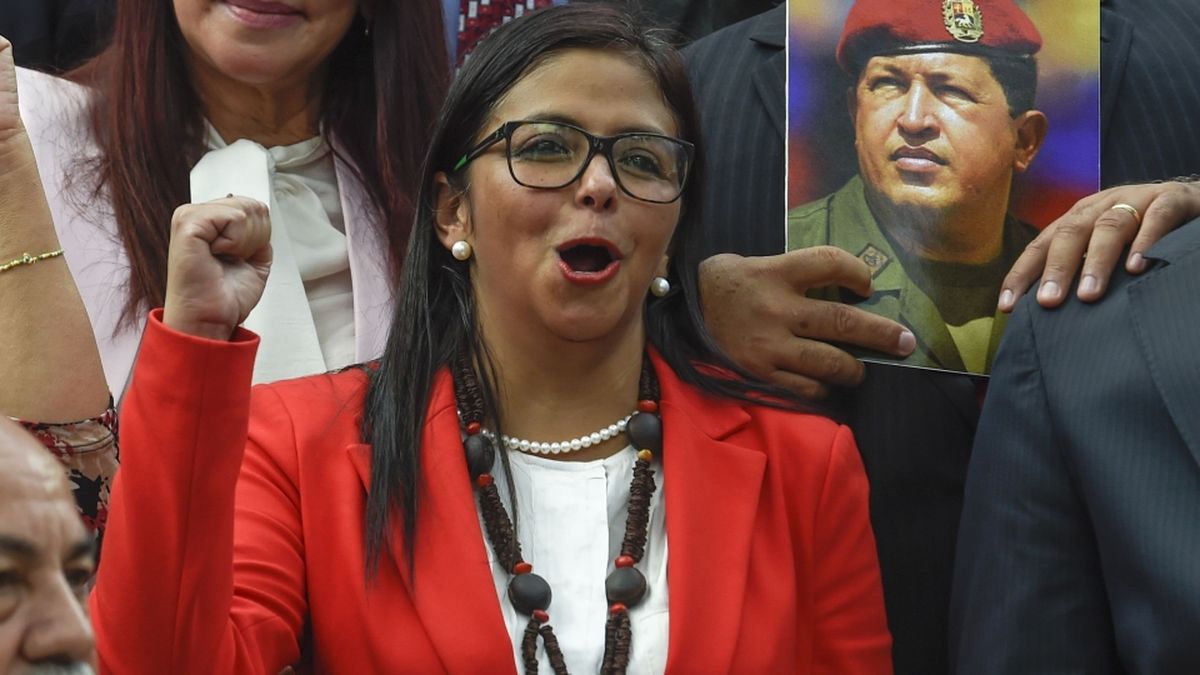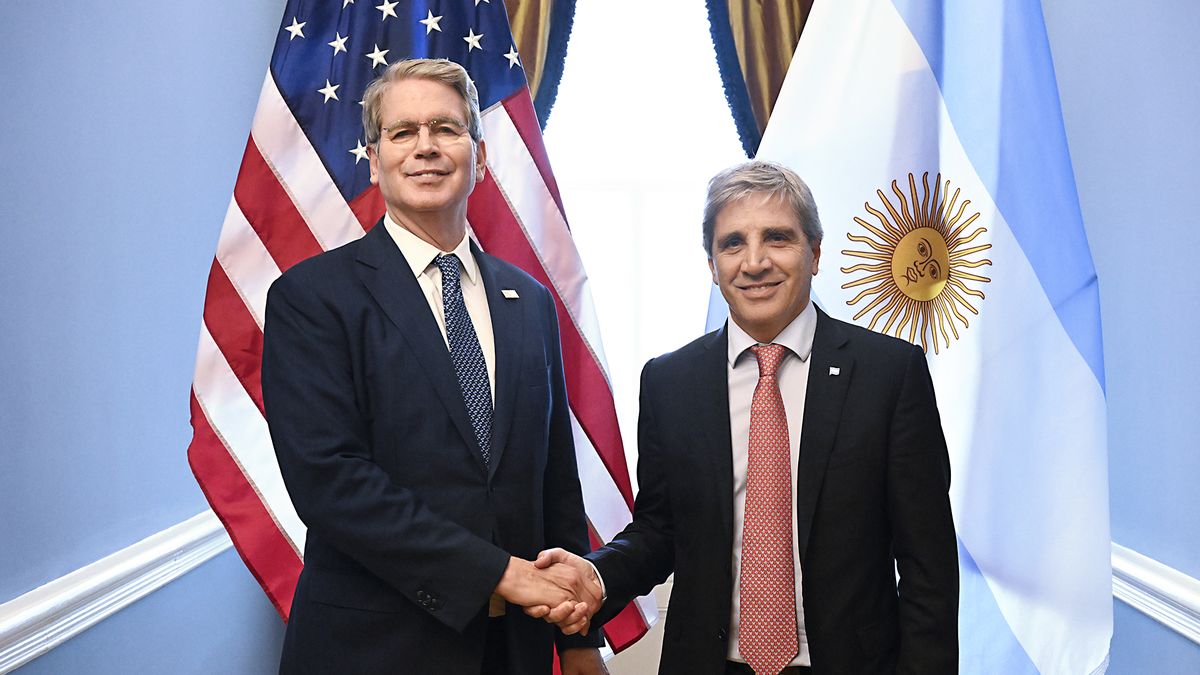He dollar closed on Tuesday at its lowest value so far this year, recording a decline of 0.60% that placed it at 38,427 pesos for sale, according to the price of the Central Bank of Uruguay (BCU).
This is the fifth consecutive downward day that has moved the US currency away from the 39-peso range, which it has not drilled since mid-March.
yesterday’s quote it was the lowest for the dollar since December 21 past, when it traded at 38,341 pesos. So far this month, it registers an accumulated fall of more than 0.90% in relation to the end of May.
At the interannual level, the fall is 4.03% compared to the day of June 13 of last year, when it was trading at 40,097 pesos.
Expectations for the decision of the Federal Reserve and its impact
The Federal Reserve (Fed) of the United States prepares to announce a break in his contractionary interest rate policy, according to all market projections, after the good inflation data known yesterday. However, analysts project that it will leave open the possibility of a new rise in interest rates for July or September if necessary.
A pause in the bullish trend in the United States could have a positive effect for the emerging marketswhich were affected by the global risk aversion cycle.
In recent weeks, significant investor movements into emerging market currencies have begun to take place, such as the Brazilian realwhich continues to appreciate and gives investment returns of more than 9%.
A first possible effect that the strengthening of the real could have would be dragging the rise of the Uruguayan peso. The local currency tends to follow, on different occasions, the behavior of the Brazilian currency, for which reason an appreciation of the price in the country could also be expected, to the detriment of the price of the dollar.
Likewise, if investment funds are betting on emerging market currencies that show solidity and good yields, the peso could establish itself as an alternative for international firms. In this sense, the improvement in the inflation data for May (-0.1%) and the series of improvements in the credit rating given to Uruguay by the Standard & Poor’s (S&P), Moody’s and fitch.
Source: Ambito




